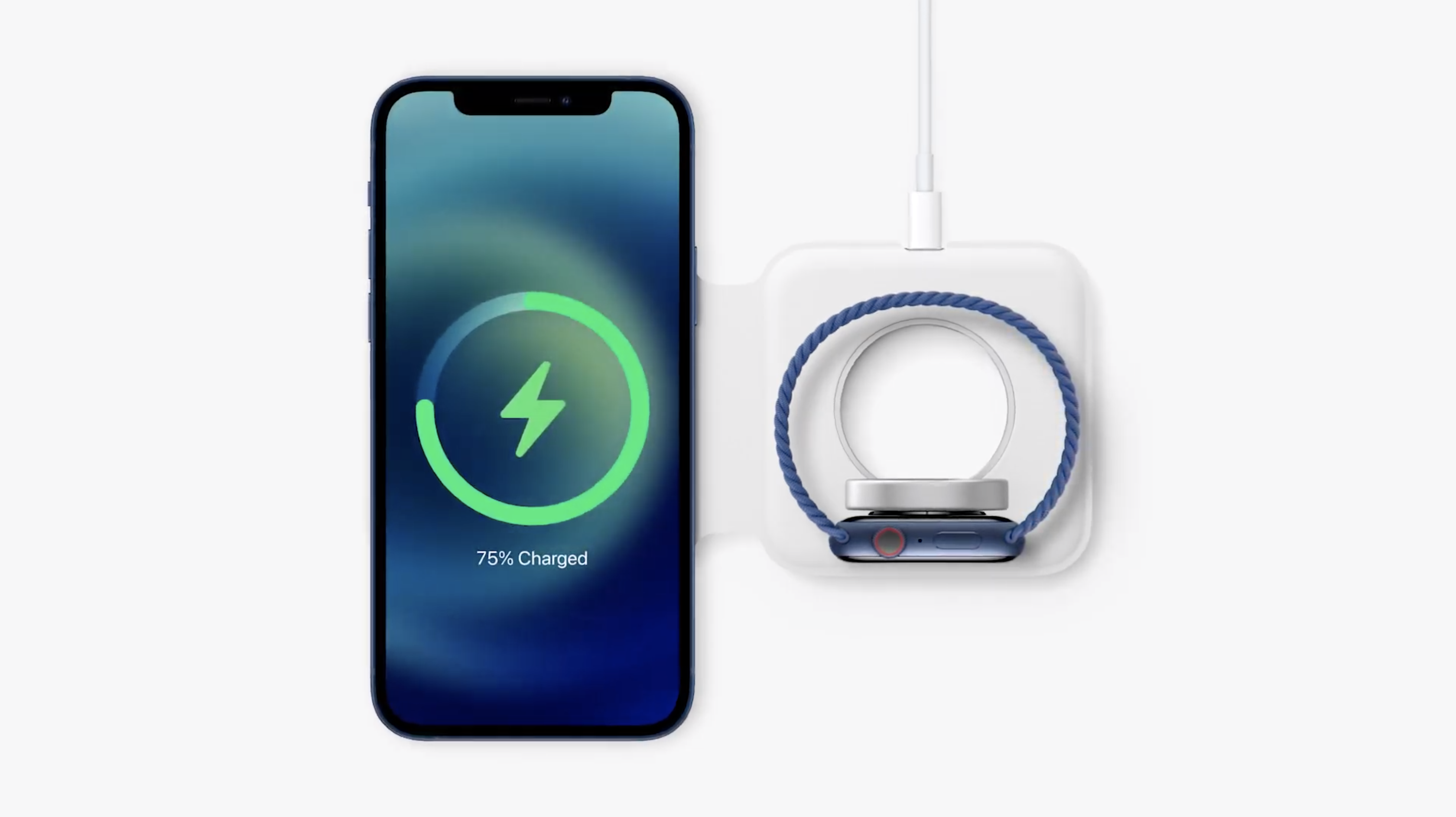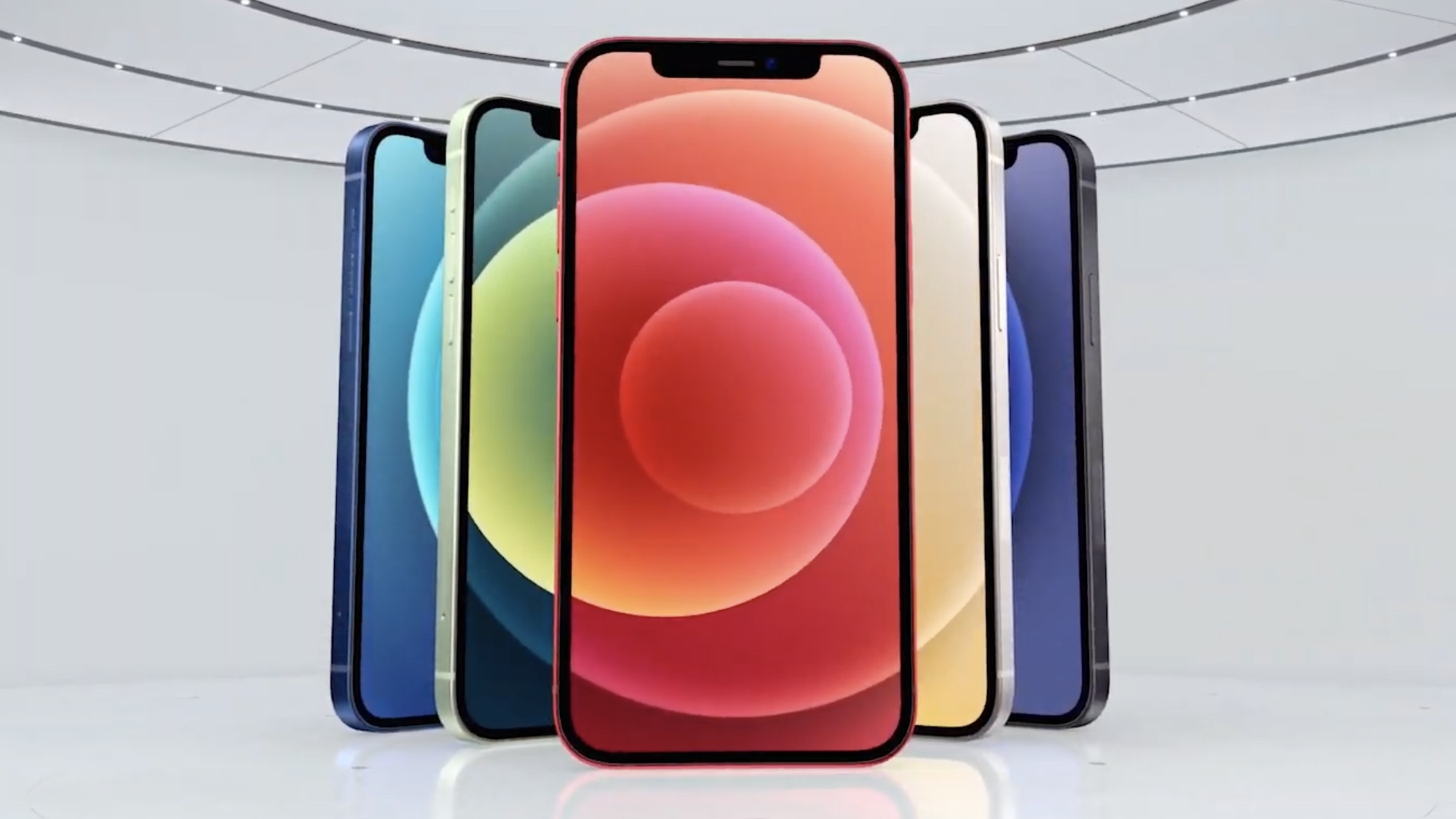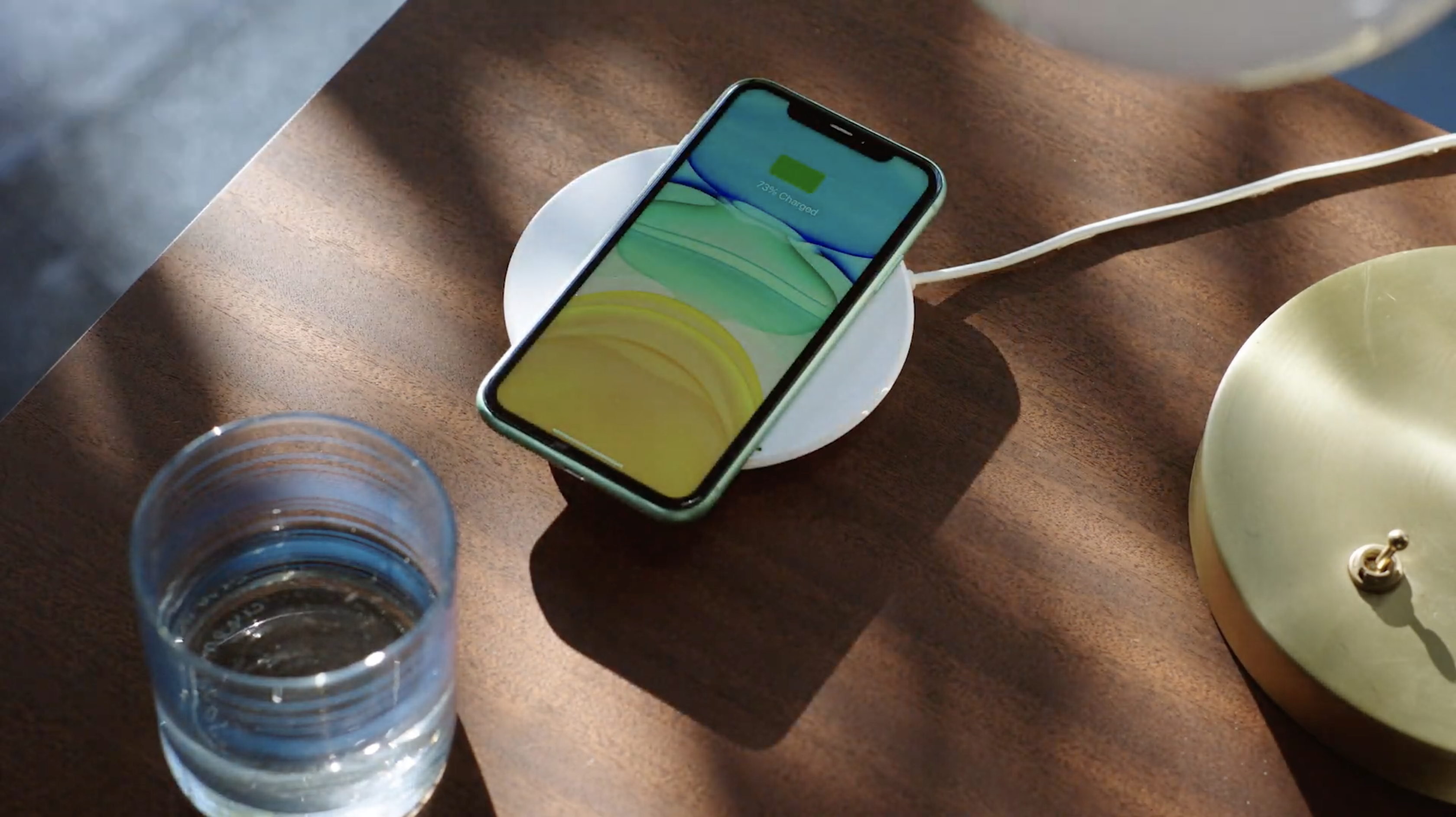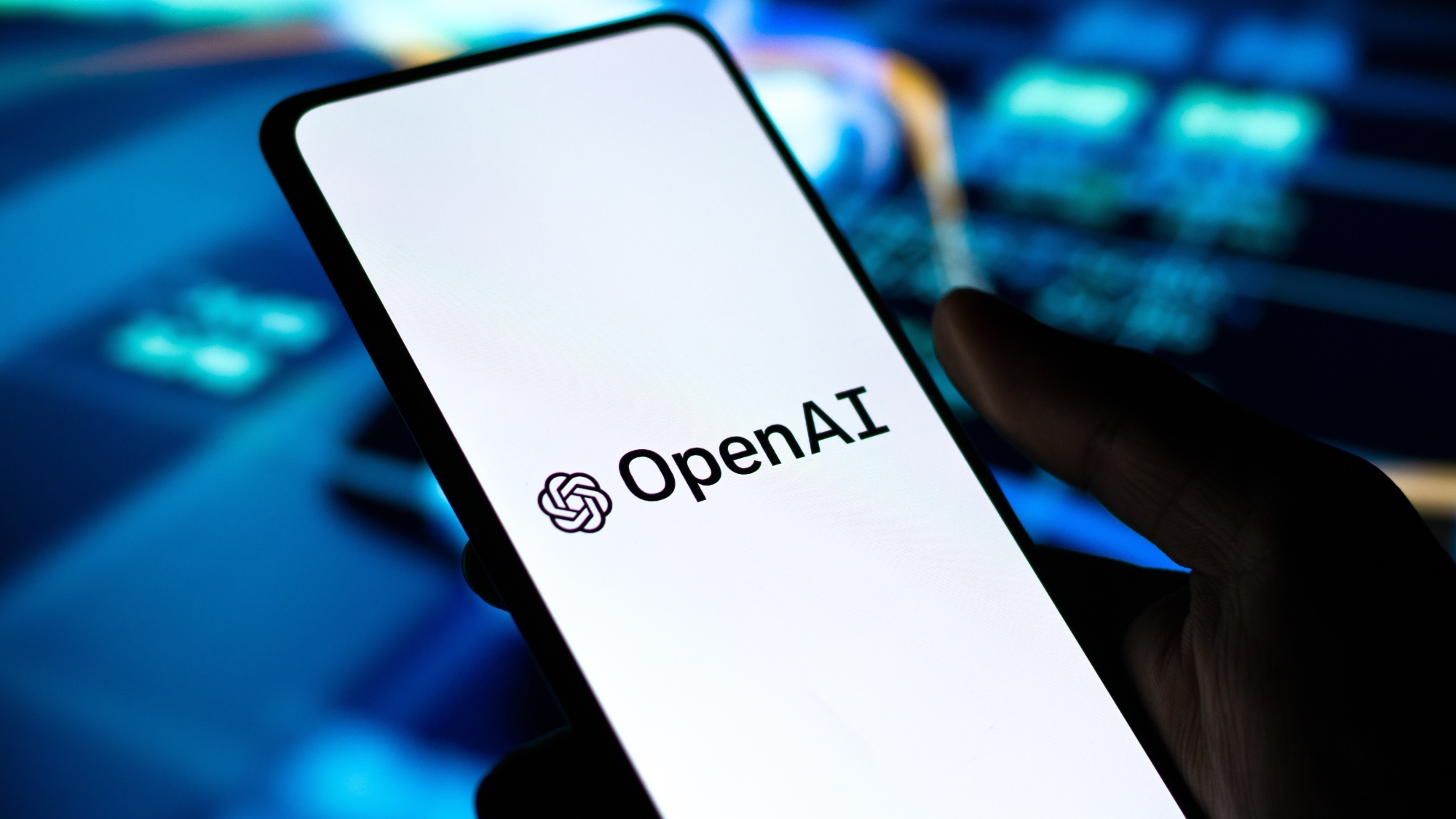
During last week’s Apple’s iPhone 12 event, the Cupertino-based company was proud to tout its environmental initiatives. Its offices, data centers and stores currently run on 100% renewable energy and the company is aiming for net zero “climate impact” by 2030.
Apple’s environmentally conscious redesign has extended beyond corporate offices and malls. This year’s iPhones will not ship with earbuds or a charger, all in the name of lowering needless waste. This allows 70% more iPhones to be shipped on pallets and, according to Lisa Jackson, VP of environment, policy and social initiatives at Apple, “it’s like removing 450,000 cars from the road per year.”
- New iPhone 12 release date, price, specs, colors and news
- iPhone 12 vs iPhone 12 mini vs iPhone 12 Pro vs Pro Max: What to buy?
- Just in: Apple Watch SE owners reporting scary overheating problem
“This could not only help to reduce waste but also would prevent upstream environmental impacts linked to the extraction of primary raw materials, manufacturing and distribution of products,” said Dr. Teresa Domenech, a lecturer in industrial ecology at the University College London’s Institute for Sustainable Resources, to CNBC.
Even then, there’s a dissonance in Apple’s newly public ecological approach. For all the good the company is purporting to do, there’s one dogged design quirk that continues to remain, flying in the face of its corporate activism. Apple is still sticking with its proprietary Lightning charge port. If the company really did care about the environment, it would have switched to USB Type-C.
The iPhone 12’s hidden costs

According to Apple, there are currently 2 billion iPhone charging adapters out in the world, and that’s not including third-party ones. Many of these adapters use the standard rectangular USB Type-A port. But included with the iPhone 12 will be a USB Type-C to Lightning cable, making old adapters incompatible.
Across Apple stores later this month, sales reps will likely ask shoppers if they have a charge adapter that’s USB Type-C compatible. Some might, many won’t. Of course, these users could use their old 5W adapters and Type-A to lightning cables as well. But the new iPhone has fast charging, and for $19, users can upgrade to the latest charge adapters for speedy electrical fuel up. This curtails some of those environmental benefits.
At this moment, most of the tech world has moved on to USB Type-C. All Android phones are currently on the standard and have been so for years. Even the latest iPads and Macbooks currently use Type-C, so it’s not as if the connection standard is foreign to Apple. It leaves the iPhone as the rogue outlier, stubbornly sticking to outdated electrical pins as a means to keep iPhone users tied to a proprietary port.
Sign up to get the BEST of Tom's Guide direct to your inbox.
Get instant access to breaking news, the hottest reviews, great deals and helpful tips.
If Apple had switched to Type-C, it could have allowed the existing ecosystem of cables and adapters to be folded into the iPhone 12. Users with the new iPad or MacBook could roll over their existing charging accessories to keep iPhone 12s charged. Android users jumping to iPhone could have continued to use the charging adapters included with their old phones. Or anyone who knows someone with an Android device could have piggybacked off their existing power setup.
Given the potential waste-saving advantages, Apple’s decision to stick to Lightning is all the more baffling. And let’s not forget that Apple will still need to ship tiny Type-C power adapters across the world to accommodate the new cable included with the iPhone 12. While these new adapters will have a long shelf life, it will cut back on the emissions savings that Apple so proudly publicizes.
Why Apple won’t kill the Lightning port

So, why has Apple chosen not to adopt Type-C for iPhone when the waste-saving advantages are seemingly obvious?
It likely comes down to profit. It’s hard to say exactly why Lightning remains, especially when Apple has already switched over to USB-C on iPad and Macbook, but one can surmise that with iPhone being Apple’s most popular product category, downstream accessory sales tied to lightning are powerful.
Cables and charging adapters are cheap to make. While Apple hasn’t revealed manufacturing costs, generally charger production at high scale is only a couple of cents. So, even assuming the production, boxing, and shipping of adapters and cables comes out to a dollar, with a price tag of $19 a piece, it’s easy money.
At the moment, Apple reports sales of cables and chargers along with other accessories like Airpods and the Apple Watch. This segment of Apple’s business accounts for $10 billion in quarterly revenue. It’s outperforming the Mac line by almost $3 billion. The financial incentive to switch to USB Type-C for iPhone 12 could rob Apple of the overwhelming gains from accessory sales.
Outlook
Overall, Apple’s move to not include a charge adapter with this year’s phone is good for the environment. Apple is often a trend setter, with the rest of the tech world following suit. Don’t be surprised if Samsung, LG, and others start removing accessories and making boxes slimmer (though probably not right away in Samsung’s case). And of course, not having to include accessories will also increase profit margins.
But don’t assume that Apple is being altruistic about any of this. If it were, it would have killed Lightning years ago, instead of clinging to it with a death grip to keep iPhone users from buying elsewhere.
Imad is currently Senior Google and Internet Culture reporter for CNET, but until recently was News Editor at Tom's Guide. Hailing from Texas, Imad started his journalism career in 2013 and has amassed bylines with the New York Times, the Washington Post, ESPN, Wired and Men's Health Magazine, among others. Outside of work, you can find him sitting blankly in front of a Word document trying desperately to write the first pages of a new book.
-
Bookly "This year’s iPhones will not ship with earbuds or a charger, all in the name of lowering needless waste. This allows 70% more iPhones to be shipped on pallets and, according to Lisa Jackson, VP of environment, policy and social initiatives at Apple, “it’s like removing 450,000 cars from the road per year.”Reply
How many cars a year would be removed from the road if Apple stopped including an actual phone in the iPhone box? -
luxetlibertas Virtually all existing Apple users already have at least one charger with USB-A to Lightning cable. That accounts for most of the people buying one of the new iPhone 12 models. Tom's guide claim about "making old adapters incompatible" is a clear error. Changing to USB-C would inconvenience almost the whole of Apple's customer base, leading to many unnecessary cable (or charger) purchases. And those that have an USB-C charger (or plan to switch to USB-C) get the cable. So the article is really misguided.Reply -
wollman What's really bad for the environment is when people create ewaste by dumping their old phones. USB-C ports break much more easily than Lightning. If anything, I wish USB-C would be replaced by Lightning (not that I think that would actually happen).Reply -
Steadyzach ReplyBookly said:"This year’s iPhones will not ship with earbuds or a charger, all in the name of lowering needless waste. This allows 70% more iPhones to be shipped on pallets and, according to Lisa Jackson, VP of environment, policy and social initiatives at Apple, “it’s like removing 450,000 cars from the road per year.”
How many cars a year would be removed from the road if Apple stopped including an actual phone in the iPhone box?
Interesting thought. I wonder how many cars a year would be removed if you didn’t buy a single electronic.
Apple is trying to help the environment but they are still a business who provides electronics that billions of people use. They need to make money to continue to do that so they will continue to include the iPhone in the box ;) -
Steadyzach Reply
This article is not exactly correct in many ways. Let’s start with the fact that Apple has billions of phones out in the world rn, and many more devices that use lightning. If they decided to stop using lightning all together they would create more waste than they would save by switching to USB C.admin said:This year's iPhone 12 will help eliminate waste, but a move to USB-C charging would go even further.
An iPhone 12 with USB-C would really help the environment — not a missing charger : Read more
I think it unfortunate that the uninformed like to hate on a company who actually is trying to worry about the environment. A company who inform the public on actual shit they do and what they give back.
But oh well, let’s pull out the pitch forks and join the android users you need every phone to be USB C -
nawnp Replyluxetlibertas said:Virtually all existing Apple users already have at least one charger with USB-A to Lightning cable. That accounts for most of the people buying one of the new iPhone 12 models. Tom's guide claim about "making old adapters incompatible" is a clear error. Changing to USB-C would inconvenience almost the whole of Apple's customer base, leading to many unnecessary cable (or charger) purchases. And those that have an USB-C charger (or plan to switch to USB-C) get the cable. So the article is really misguided.
If they switched the port to USB C, and included a USB C to USB A cable in the box, it would be compatible with all those older USB A charging bricks most phones have come with in the past, and make it convenient when people inevitably buy USB C accessories over time as all other devices will have. The only excess waste would be those buying lightning to USB C adapters that they would no doubt come out alongside the move, and is probably going to be about the same excess spending as those that now have to buy USB C chargers or USB A to lightning cables as the old ones are degraded but the charging bricks still work.
Instead they have only increased the need for people to buy lightning accessories, when chances are a usb c accessory would be much easier to come by(and not needed to be produced in two versions), and there will still be a need for two versions and or one plus an adapter for people having an iPhone and iPad or Mac setup.

